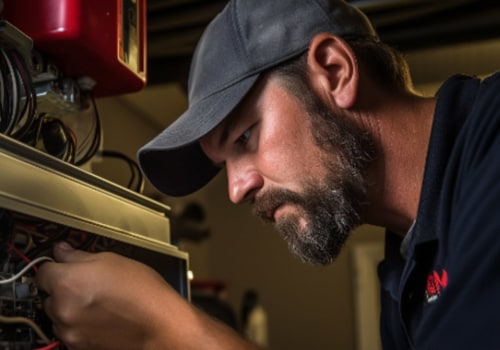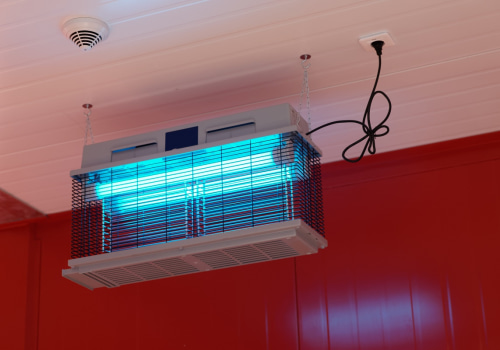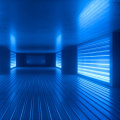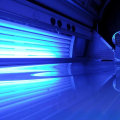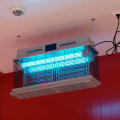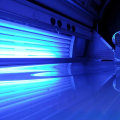We all need some exposure to sunlight to help our body produce vitamin D, but too much ultraviolet (UV) radiation can be hazardous. Broad-spectrum sunscreen provides protection against the sun's UV rays, but the atmosphere does little to protect us from them. It's essential to understand how much is too much when it comes to UV light exposure. Excessive exposure to UV rays has several drawbacks.
Sunlight is the main source of UV radiation, but UV light from tanning beds is just as damaging. Even during the winter months, you're still at risk of exposure. As a component of the electromagnetic spectrum, UV photons fall between the wavelengths of visible light and gamma radiation. UV radiation has both positive and negative effects on human health. On one hand, it mediates the natural synthesis of vitamin D and endorphins in the skin.
On the other hand, it's the main cause of skin cancer. Epidermal melanization blocks the penetration of UV rays into the skin, reducing effective doses of UV rays and reducing mutagenesis and the risk of cancer. The dose of ambient UV varies according to the amount of atmosphere through which it must pass. This means that UV doses are higher near the equator (where sunlight hits the Earth most directly), at higher altitudes and under conditions of minimum cloud or particle coverage. People with fair skin with low levels of melanin in the epidermis are more sensitive to UV rays and tend to burn rather than tan after exposure. People with light-pigmented skin suffer comparatively more skin damage from UV rays, as it is relatively easy for UV rays to penetrate the epidermis and damage both keratinocytes and melanocytes in the deeper layers of the epidermis. Those who may be exposed to artificial sources of UV rays at work should follow appropriate safety precautions, including wearing protective clothing and UV protectors and filters.
People with defects in the MC1R gene receive higher doses of UV radiation because their skin is less able to block UV photons, and they can also accumulate more mutations due to faulty DNA repair. In summary, while some exposure to sunlight is necessary for our bodies to produce vitamin D, too much can be dangerous. It's important to know how much is too much when it comes to UV light exposure, as well as take appropriate safety precautions when exposed to artificial sources.
